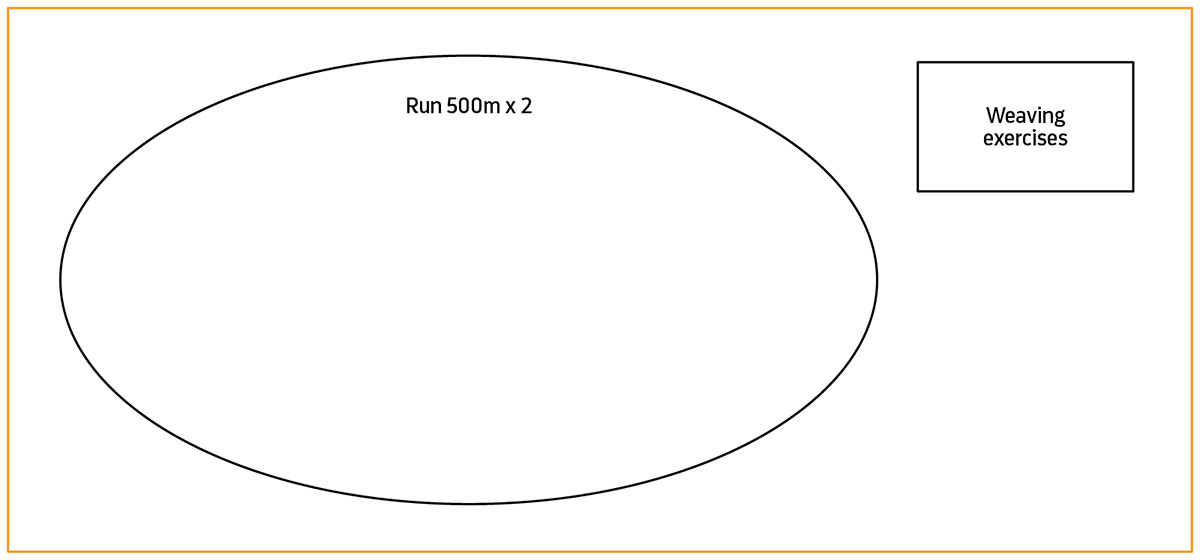Space Repairs (Even Astronauts Have Chores!)
Background
Living in space provides unique challenges for the human body. Without regular use and exercise, our muscles weaken and deteriorate. This is a process called atrophy. Even though muscle mass and strength can be regained once astronauts have returned to Earth, maintaining muscle in space is a concern, especially for long-duration space missions.
The only way to minimize muscle atrophy in space is through intensive exercise, particularly strength training exercises, combined with an adequate diet. Astronauts on the International Space Station (ISS) must spend approximately two and a half hours per day exercising. It is therefore critical for the health of astronauts that the fitness equipment be functioning properly. During Canadian Space Agency astronaut David Saint-Jacques' mission, the treadmill broke in the middle of a workout. Fortunately, the machine was quickly repaired and workouts were able to continue the following day.
Mission description
This mission will simulate repairing a broken treadmill inside the ISS. Since physical activity is the number one prevention for many health issues, this mission is a priority! Participants will complete a physically demanding activity while also testing their dexterity and fine motor skills.
Timeline
| Breakdown | Duration |
|---|---|
| Background | 2 minutes |
| Educator's instructions/demonstration | 5 minutes |
| Group activity | 20 minutes |
| Wrap-up | 3 minutes |
| Total | 30 minutes |
Goals
Participants will understand the importance of physical activity during a long-duration space mission.
Objectives
By the end of the activity, participants will be able to
- Collaborate to accomplish a physically demanding task
- Evaluate their cardiovascular and muscular endurance
- Evaluate their dexterity and fine motor skills
Mission preparation
Materials
- Badminton or tennis rackets (note that a hard piece of cardboard with holes pierced around the edges can be used instead)
- String that can be weaved through the racket holes
Set-up
- Run activity in a space where participants can comfortably run 500 metres and have space to complete the other activities
- Provide one badminton or tennis racket (or suitable alternative) for each team
Mission instructions

Layout
- Participants get into groups of two or three.
- Each group will run 500 m either as a team, or with each member covering an equal distance.
- The activity organizer will assume the role of flight director. Once participants have completed the run, hand them the mission instructions.
-
Each group receives one racket (or suitable alternative) and a piece of string. They will decide who will be the mission commander and who will be mission support. In the case of a team of three, the crew will have two participants act as mission support.


-
The goal is to weave the string through the outermost edge of the racket. While the commander weaves, mission support must perform a wall squat.

- If at any point mission support needs a break, all work must cease.
- Once the string has been fully woven through the racket, the team must show the flight director and have their work approved.
- If approved, the team must now unweave the racket.
- If not approved, repeat steps 5 to 7.
-
Teams must sit in the anchored astronaut position and lean at a 45-degree angle to engage their core. For crews of three, each member will link feet with the other members to provide support.

- Teams can take turns unweaving, or have one person unweave while the others provide support.
- If team members need a break from the anchored astronaut position, the unweaving must stop.
- Once the racket is completely unwoven, teams will run a final 500 m together.
- Have participants record their reflections on the activity.
